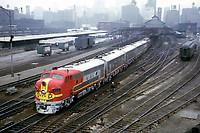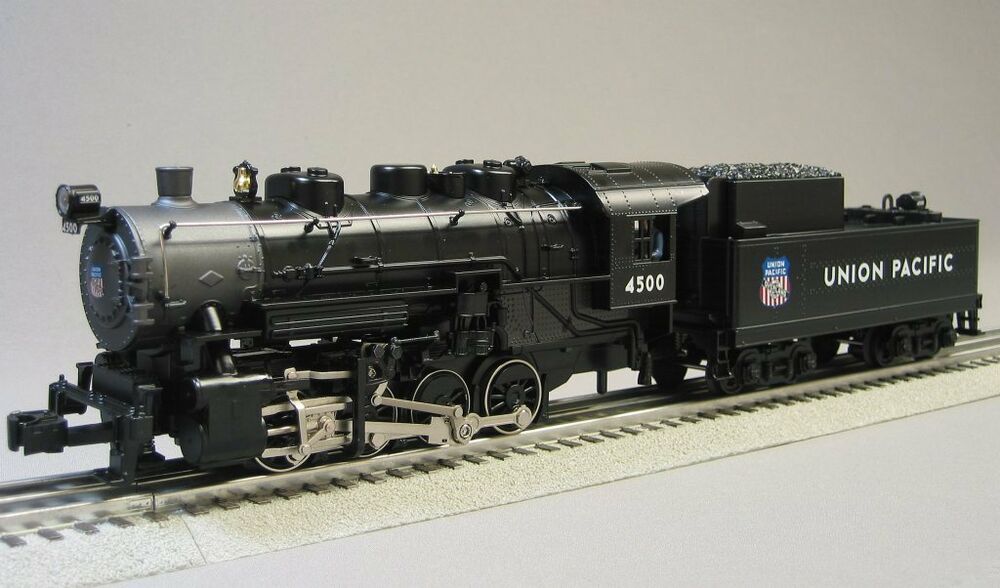The era of post-war Lionel trains starts from 1945, after the end of World War II. Production of the Lionel model trains started late that year after a gap of over three years. Within two years the production was brought up to full scale and a pretty large lineup of post-war Lionel trains was established.
Change in color schemes
One of the biggest changes in the post-war Lionel trains was that the color scheme was no longer modeled to be bright and colorful but instead an emphasis was placed on realism as compared to the models’ real-life counterpart. This scheme increased the sales of Lionel trains to enthusiasts, who previously had ignored Lionel’s models as they were very unrealistic and targeted at kids. Lionel also started selling localized models which were painted and designed to exactly copy the outer shell of the real life local trains.
New Features
The most important new feature that was introduced in the post-war Lionel trains was smoke capability. Production of smoke was achieved by using a special kind of oil or placing a tablet in the smokestack of the train. This led to grey vapors emerging from the train when it ran, increasing the realistic look of the train set. Nearly all models of the post-war Lionel trains had this feature. The only exceptions were the budget models. Another new feature of post-war Lionel trains was that the O gauge was used almost exclusively instead of the variety of gauges that were used in the Lionel trains before the war, for example, the proprietary Wide gauge.
Construction Set For Hobbiests
In the post-war era Lionel introduced a new construction set. This was a train set which had to be built by the hobbiest. Although such sets existed much earlier, they always needed tools like screws and bolts to create the track. Lionel’s construction was different as it did not need any tools for creating a rail setup. It used rubber grommets which retained specially designed aircraft rivets. This set was extremely popular, with several variations introduced in the market with different train models available.
The train tracks were a source of criticism. The beams used in them were made of hollow metal and would easily deform if somebody stood on them, rendering that portion useless.
The Company’s Post-war Icon Train
The train that was considered an icon of the company, and in general the icon of that era, was a model of the EMD F3 in a “Santa Fe War Bonnet” paint scheme. This model of the train was called the Lionel 2333 diesel locomotive and was introduced in 1948. It can be said without argument that this particular model was the most popular post-war Lionel train and it has immense collector value even today.
More Popular Locomotives From Lionel
Lionel went on to model many popular prototype locomotives. The GP-7 The Milwaukee Road was produced as the No. 2338, the Burlingon Route No. 2328 and the Pennsylvania No. 2028, which was a no-frills unit.
Another locomotive of interest is the NW-2 Switcher. Produces in “O” Gauge No. 622 and than in O27 Gauge version No. 6220 both were outfitted with electronic coil couplers and a bell.
The Trainmaster was a large, and some have said the best running locomotive produced by Lionel. It had dual worm-drive motors, allowing it to out-pull most other locomotives. This model began production in 1954.
Lionel continues to this day to model and produce a wide variety of locomotives and train equipment to suit the needs of the hobbiest.
If you enjoyed this article, please share it with the “Tell A Friend” button. Thanks!



